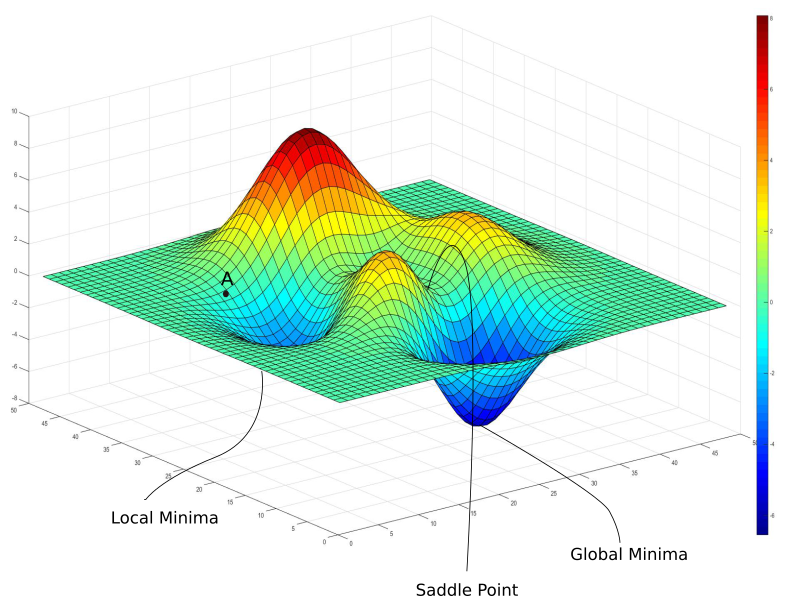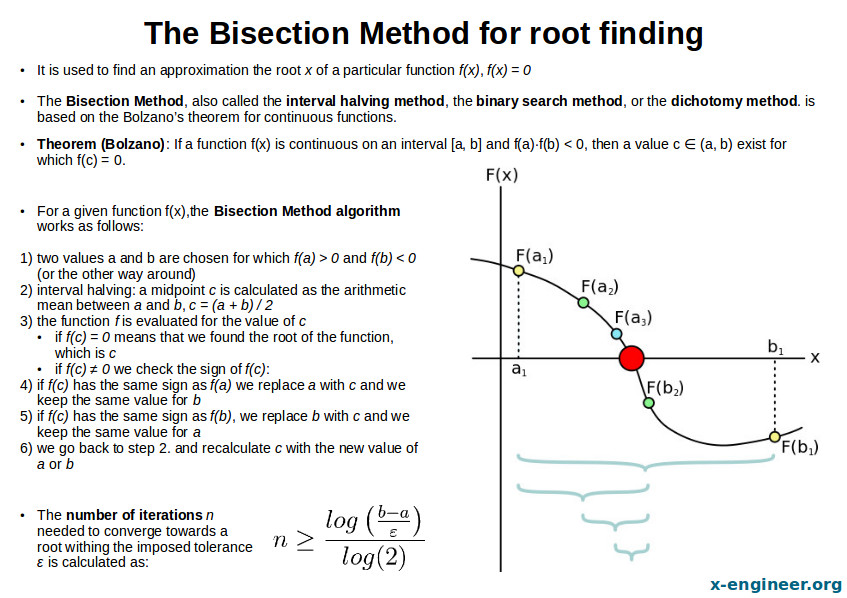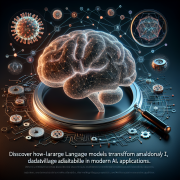Exploring Numerical Analysis and Its Impact on AI and Machine Learning
Navigating Through the Roots: The Power of Numerical Analysis in Finding Solutions
From the vast universe of mathematics, there’s a specific area that bridges the gap between abstract theory and the tangible world: numerical analysis. This mathematical discipline focuses on devising algorithms to approximate solutions to complex problems – a cornerstone in the realm of computing and, more specifically, in artificial intelligence and machine learning, areas where I have dedicated much of my professional journey.
One might wonder how techniques from numerical analysis are instrumental in real-world applications. Let’s dive into a concept known as Root Finding and investigate the Bisection Method, a straightforward yet powerful approach to finding roots of functions, which exemplifies the utility of numerical methods in broader contexts such as optimizing machine learning algorithms.
Understanding the Bisection Method
The Bisection Method is a kind of bracketing method that systematically narrows down the interval within which a root of a function must lie. It operates under the premise that if a continuous function changes sign over an interval, it must cross the x-axis, and hence, a root must exist within that interval.
The algorithm is simple:
- Select an interval \([a, b]\) where \(f(a)\) and \(f(b)\) have opposite signs.
- Calculate the midpoint \(c = \frac{(a+b)}{2}\) and evaluate \(f(c)\).
- Determine which half-interval contains the root based on the sign of \(f(c)\) and repeat the process with the new interval.
This method exemplifies the essence of numerical analysis: starting from an initial approximation, followed by iterative refinement to converge towards a solution. The Bisection Method guarantees convergence to a root, provided the function in question is continuous on the selected interval.
Application in AI and Machine Learning
In my work with DBGM Consulting, Inc., where artificial intelligence is a cornerstone, numerical analysis plays a pivotal role, particularly in optimizing machine learning models. Models often require the tuning of hyperparameters, the process for which can be conceptualized as finding the “root” or optimal value that minimizes a loss function. Here, the Bisection Method serves as an analogy for more complex root-finding algorithms used in optimization tasks.
Imagine, for instance, optimizing a deep learning model’s learning rate. An incorrectly chosen rate could either lead the model to converge too slowly or overshoot the minimum of the loss function. By applying principles akin to the Bisection Method, one can systematically hone in on an optimal learning rate that balances convergence speed and stability.
The marvels of numerical analysis, hence, are not just confined to abstract mathematical problems but extend to solving some of the most intricate challenges in the field of artificial intelligence and beyond.
Wrap-Up
Numerical analysis is a testament to the power of mathematical tools when applied to solve real-world problems. The Bisection Method, while elementary in its formulation, is a prime example of how systemic approximation can lead to the discovery of precise solutions. In the realm of AI and machine learning, where I have spent significant portions of my career, such numerical methods underpin the advancements that drive the field forward.
As we continue to unravel complex phenomena through computing, the principles of numerical analysis will undoubtedly play a crucial role in bridging the theoretical with the practical, ushering in new innovations and solutions.
References
- The Bisection Method – UBC Mathematics
- Understanding Learning Rates in Deep Learning – Machine Learning Mastery











Leave a Reply
Want to join the discussion?Feel free to contribute!